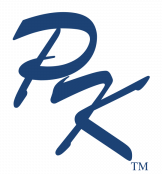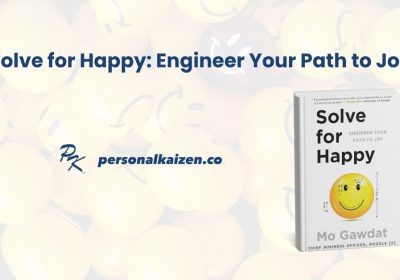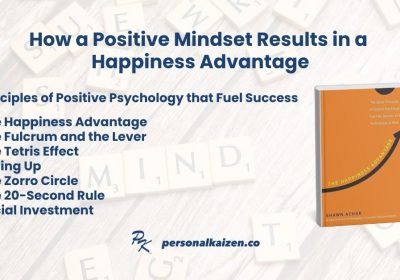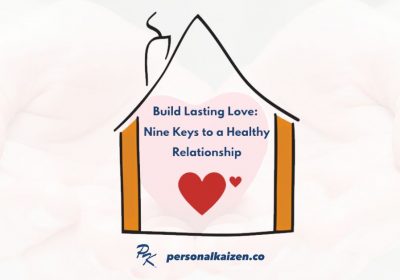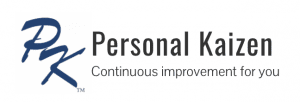We spoke about prioritizing your big rocks in our previous post. But how do you determine what the big rocks in your life are? We will share a few methods you can use to determine your life purpose, core values, and goals.

Start with Your Why
In the book, Start with Why, Simon Sinek encourages leaders and organizations to lead their messaging with why they do what they do. He shares his simple concept of the Golden Circle, with your why in the middle, then your how and finally what you do on the edge. As Sinek writes, people don’t buy what you do, they buy why you do it.
What is your why – your purpose? Start with a review of why you do what you do.
Maximize Your Natural Strengths
All of us are born with our own personality and a set of skills unlike anyone else in the world. Those of us who find a way to use these strengths in our work and life will have a natural advantage over those who don’t.
Rule 1 of the Personal Kaizen 10 Rules for Life is to identify your strengths. Once you know your strengths, use them to advance your why. Most happy and successful people are doing something they love and are good at.
Begin With the End in Mind

The late Stephen R. Covey wrote The 7 Habits of Highly Effective People, considered one of the best books on personal improvement. In Habit 2 of the book, Covey asks us to close our eyes and consider attending a funeral. As you enter the building you are surprised to know everyone in attendance. When you walk to the front of the room and view the casket, you suddenly come face to face with yourself. This is your funeral.
You take a seat and look at the program. There are four speakers: one from your immediate family, one who is a friend, one who has worked with you professionally, and one a prominent member of the community. Now think deeply: what would you like each of the speakers to say about you and your life?
Habit 2 asks us to create the plan for our life:
- What will we accomplish?
- Which roles will we have?
- What goals do we want to achieve?
- What kind of person will we be?
Taking Action

I identified my why and core purpose, values and goals over 20 years ago and have referred to them regularly since. Every year I review my list, cross off the accomplishments, and add new goals for the year.
What do you want for your life? Identify a few goals for each of your whys and values from the exercises above. Be sure to do the following:
- Document your work. You must write down your goals
- Ensure you are leveraging your natural strengths
- Challenge yourself to grow
- Write SMART goals
SMART Goals
We always recommend individuals and organizations set SMART goals. SMART is an acronym that stands for:
S = Specific. Be precise in the action you are taking. A goal of “increase profit” could be achieved in many ways. What specific action(s) will you take? A better objective is to “increase profit by completing three new service contracts.”
M = Measurable. Every specific action should have a measure of success. For example, “increase profit by 20% over the previous year from completing three new service contracts.”
A = Achievable and Action-Oriented. Be sure your goal or objective is something you are doing – an action – and not just an outcome you hope to achieve. You must also be able to identify a path to success. Setting stretch goals are great, but impossible goals only serve to create a culture of failure in your company — this is far from the motivational environment you’re looking to cultivate.
R = Relevant. Ensure your objective is within your scope of control and fits into the overall goals of the organization.
T = Time-Bound. Agree on set target dates for when objectives are to be completed. For example, “increase profit by 20% over the previous year from completing three new service contracts before the end of the first quarter.”

Goal Setting: Putting it All Together
This post shares three popular priority setting techniques you can begin using today to define your purpose, values, and goals. After 25-plus years of learning the best priority setting techniques and applying them to my daily life, I still use the concepts above combined with a few other key ideas.
Our next post will introduce my method for regular goal setting using your roles. I’ll then share some other tips and the system I have developed over the years that helps me increase my productivity.
